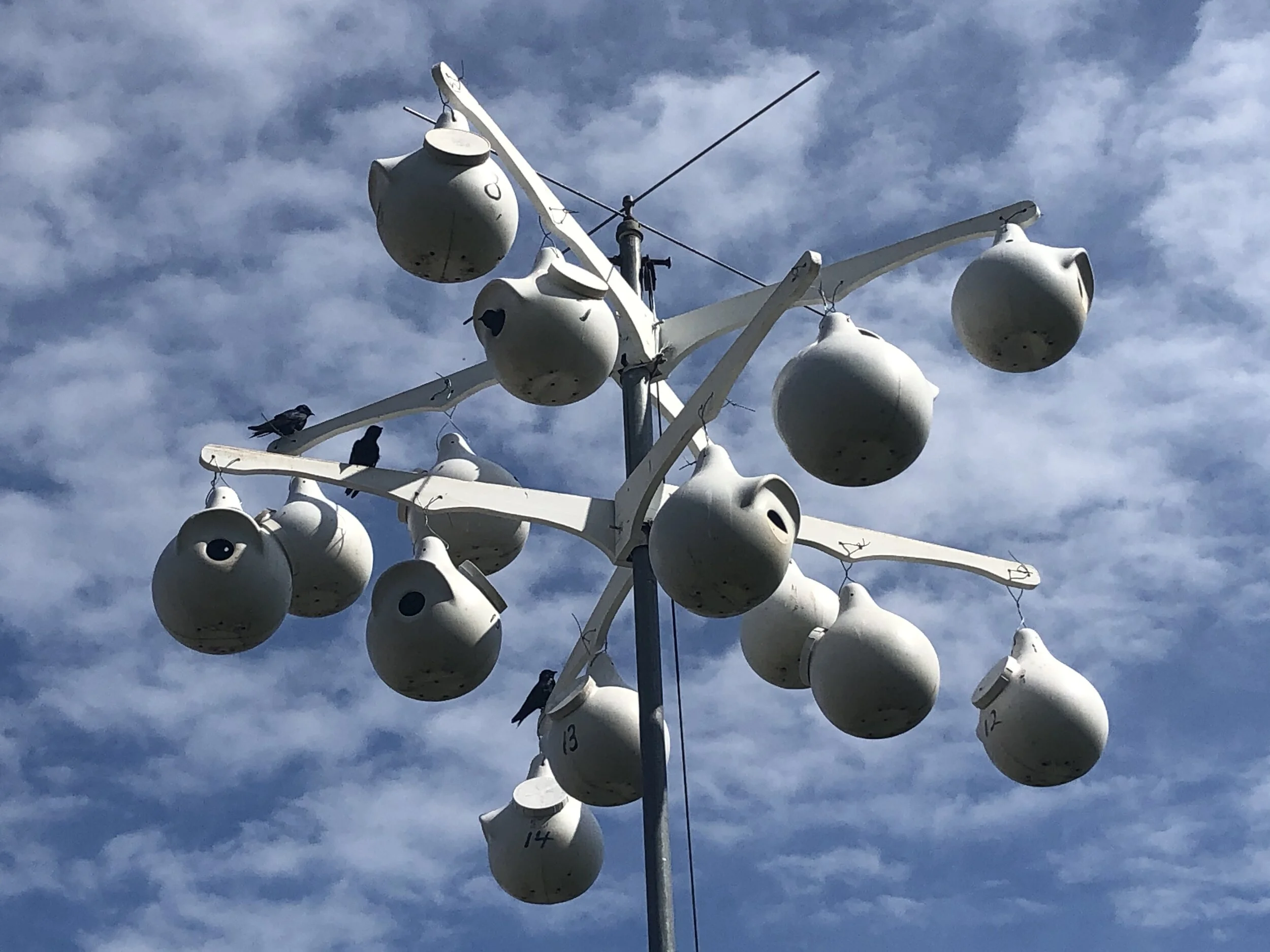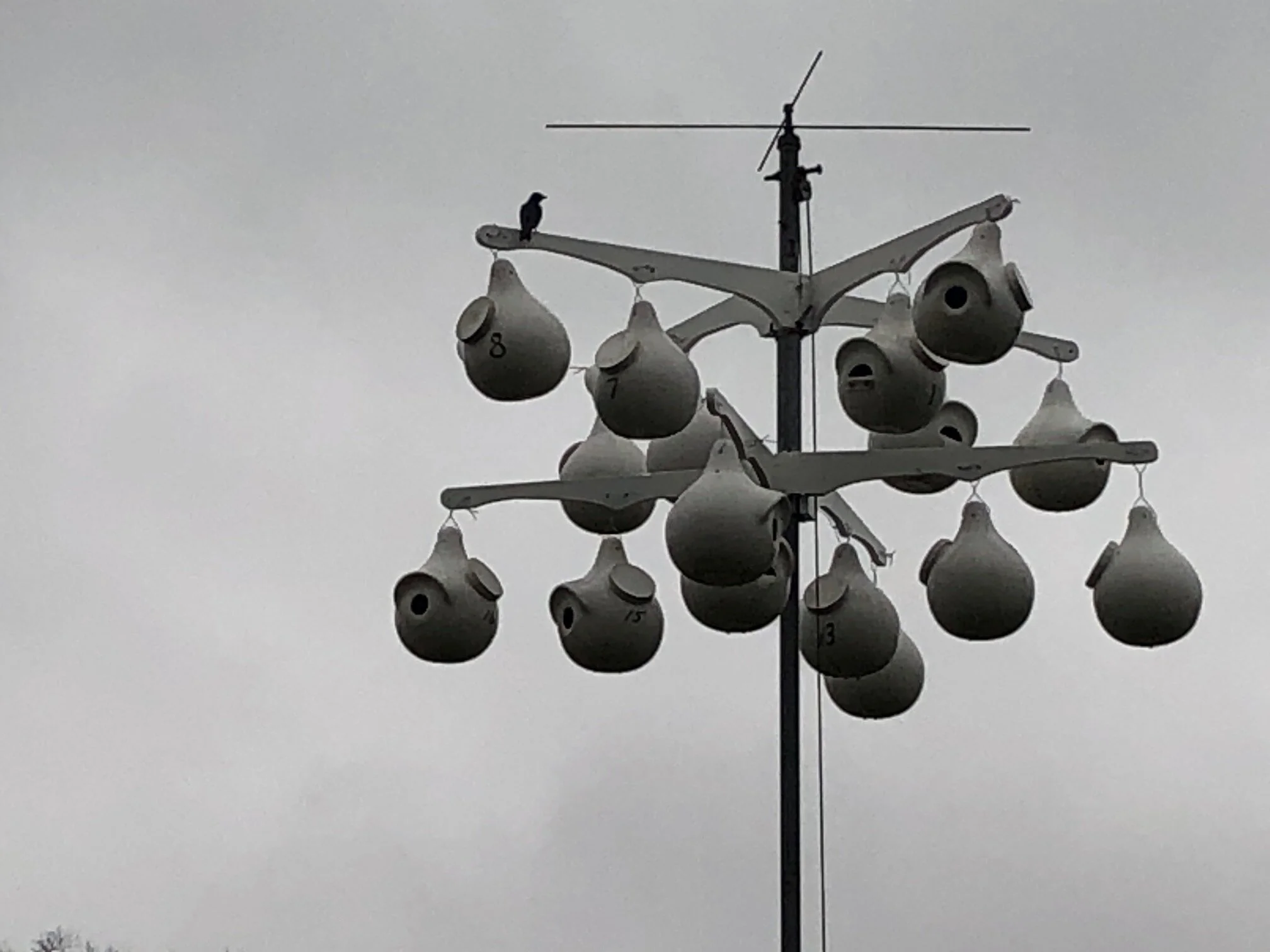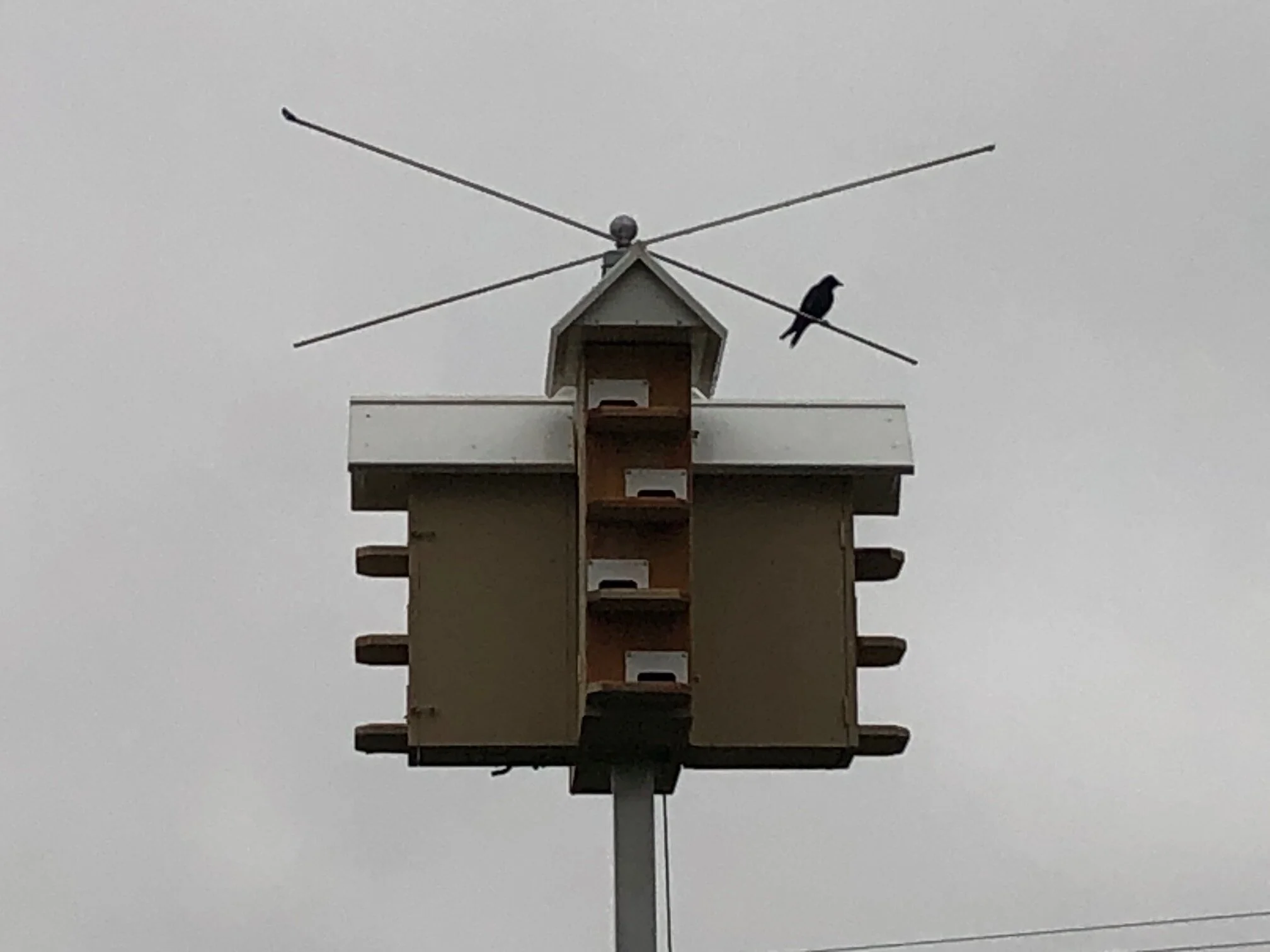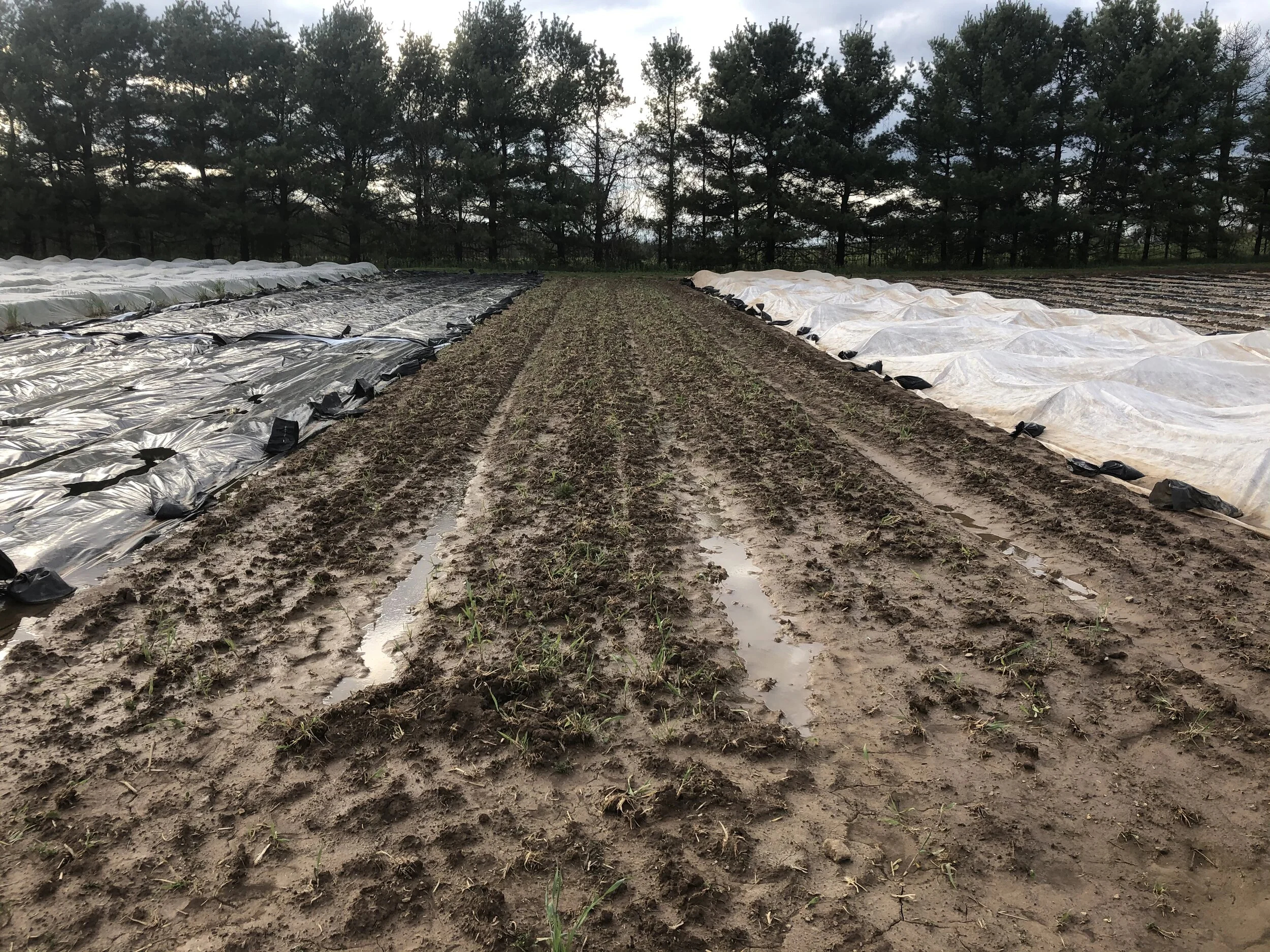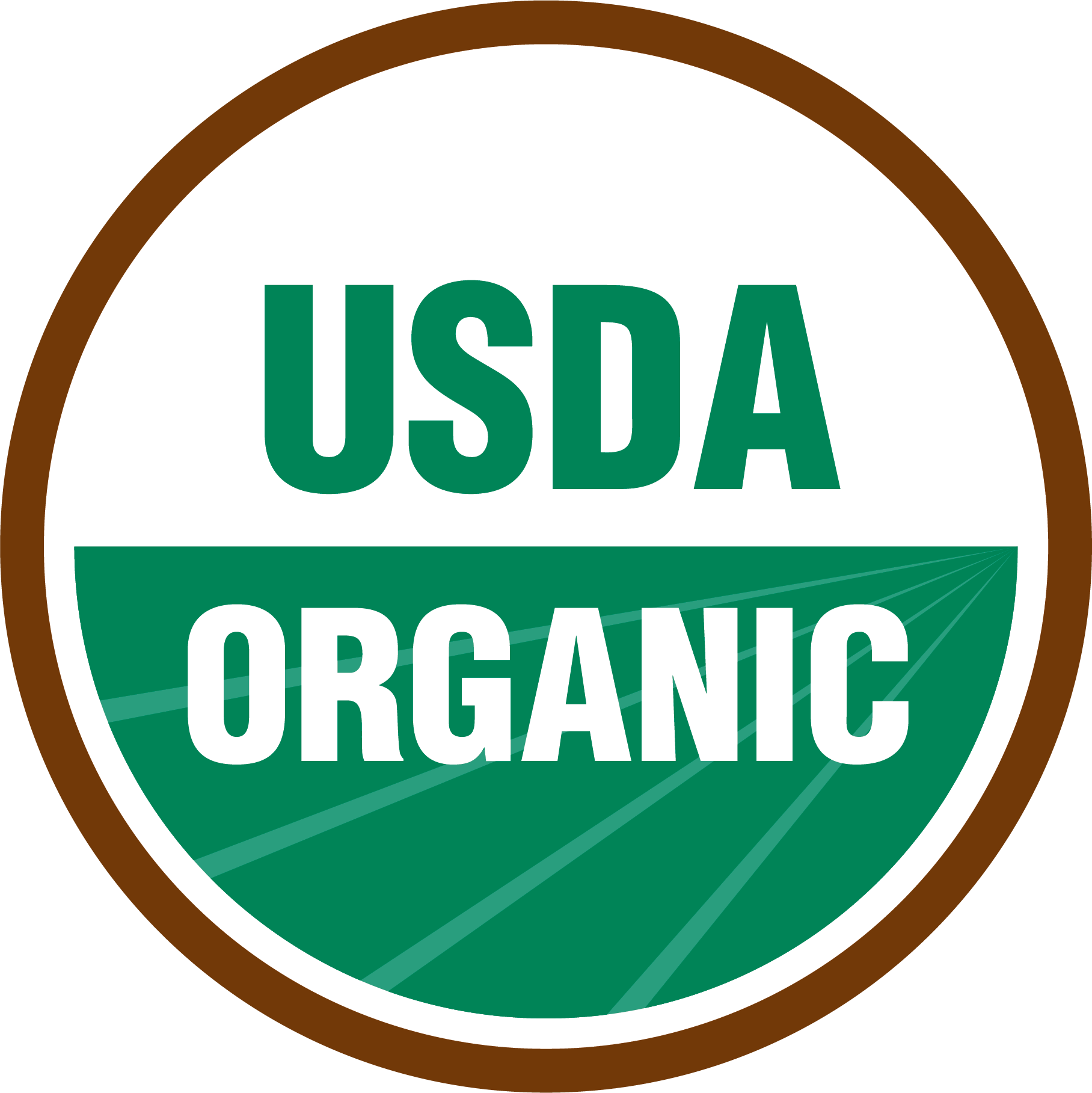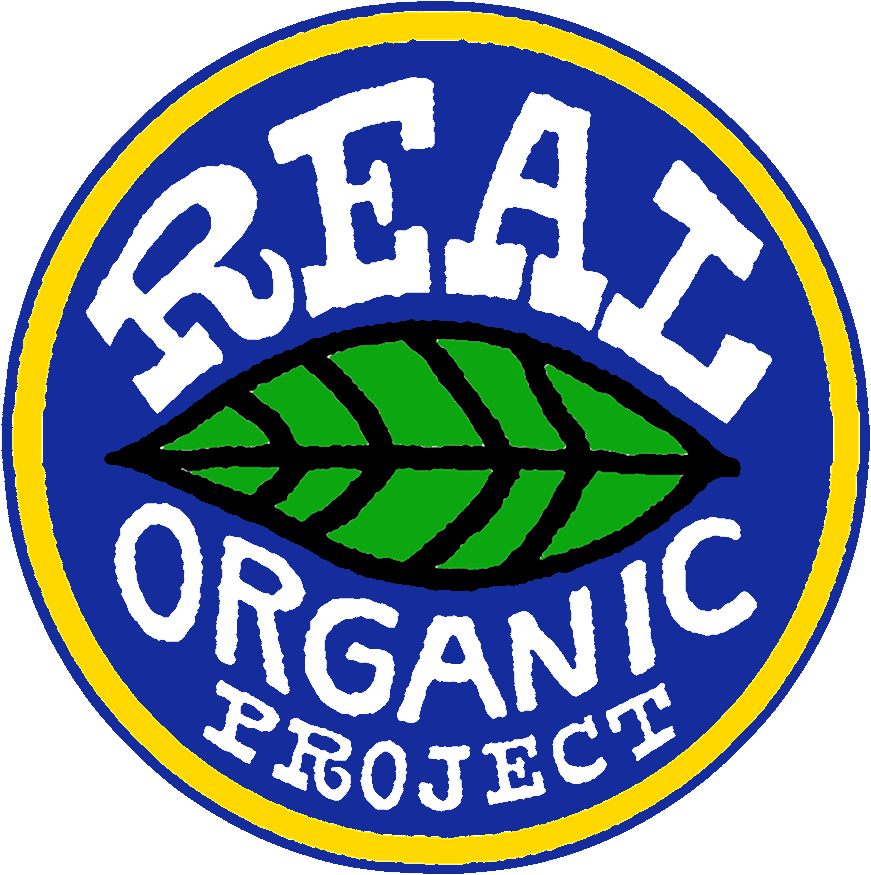Fresh dill has wispy fern like leaves that taste like a cross between celery, parsley and anise...with a hint of lemon!
Dill seeds and dried leaves are used for many culinary purposes too. Dried dill has a more earthy mellow flavor whereas dill seeds have a strong aromatic flavor, similar to caraway seeds.
Dill doesn’t need much prepping besides a quick wash. It can be chopped up and added to salads, cooked vegetables, sandwiches, pasta, and fish.
Native to Eastern European, dill shows up in many traditional cuisines like borscht (cold beet soup) and mizeria. In North America dill is associated with pickles as it is traditionally added to the brine that turns cucumbers into pickles.
Medicinally, dill is used as a digestive aid. It is used to treat intestinal gas and flatulence, soothing the digestive tract.
The best way to store dill is to put the stems in a glass of water and put a bag over the leaves to keep it fresh. Dill does not last too long but can be stored in a bag in the fridge.
RECIPES
German Potato Salad with Dill
2lbs halved small waxy potatoes
¼ cup olive oil
½ chopped onion
¼ cup apple cider vinegar
4 sliced scallions
2 tbsp chopped fresh dill
1 tsp toasted caraway seeds and toss
Salt and pepper to taste
Place potatoes in a pan. Cover potatoes with cold salted water, bring to a boil, and cook until tender; drain and transfer to a large bowl. Meanwhile, heat ¼ cup olive oil in a medium skillet over medium-high heat. Add ½ chopped onions; season with salt and pepper. Cook, stirring often, until soft, about 5 minutes. Remove from heat and mix in ¼ cup apple cider vinegar. Add the potatoes along with 4 sliced scallions, 2 tbsp chopped fresh dill, and 1 tsp toasted caraway seeds and toss, crushing potatoes slightly; season with salt and pepper. (https://www.epicurious.com/recipes/food/views/german-potato-salad-with-dill-51236500)
Zucchini Keftedes with Feta and Dill














